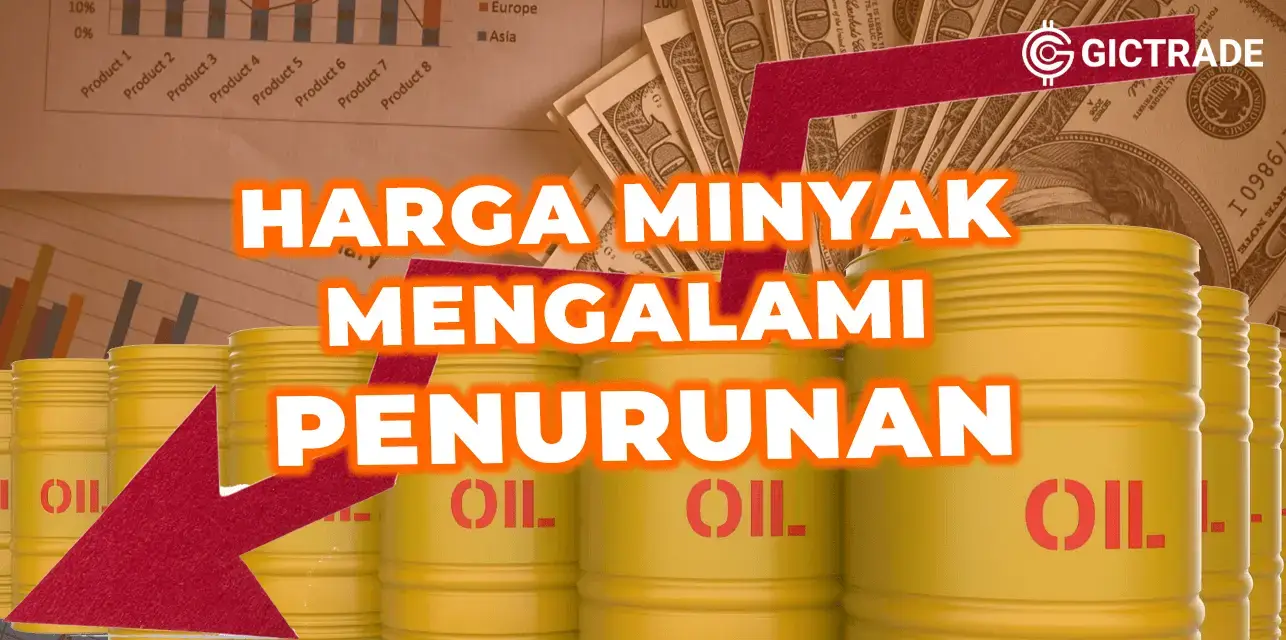Focus is now on the Chinese Communist Party’s 20th National Congress on Sunday for any hints on stimulus measures and an update on the Zero COVID policy. Concerns about slowing Chinese demand have weighed heavily on oil prices this year.
London-traded Brent crude futures rose 0.1% to $94.79 a barrel, while U.S. West Texas Intermediate crude futures rose 0.2% to $89.31 a barrel by 9:56 p.m. ET (01:56 GMT). Both contracts are set to lose nearly 4% this week.

Further weighing on prices this week, data showed U.S. crude inventories rose by a larger-than-expected 9.88 million barrels in the week to Oct. 7. But much of the increase was driven by an unprecedented 7.7 million barrel drawdown from the Strategic Petroleum Reserve (SPR) by the Biden administration.
The drawdown came in response to major supply cuts by the Organization of the Petroleum Exporting Countries and Allies (OPEC+) earlier this month. Washington has criticized the cuts, and has threatened to release more crude from the SPR in response.
The move is likely to create a glut in the market and offset larger price increases from supply cuts. It is also meant to lower U.S. gasoline prices ahead of the midterm elections in November, a sticking point for voters.
Analysts now expect further volatility in the crude oil market, with prices caught between production tightening and rising US supplies.
A rise in US interest rates, following higher-than-expected inflation in September, is also expected to weigh on economic activity, which could dampen demand for crude. A stronger dollar also makes crude more expensive for importers. On the other hand, production disruptions in Russia due to the Ukraine war could further tighten supplies. Demand for heating oil, in the event of a harsh European winter, could also support prices.
You can continue to update oil prices every day by continuing to monitor the news in the GIC Journal. You can also trade this oil commodity through GIC by registering first for trading with a capital starting from 150,000 Rupiah!

 Last:
Last: 







